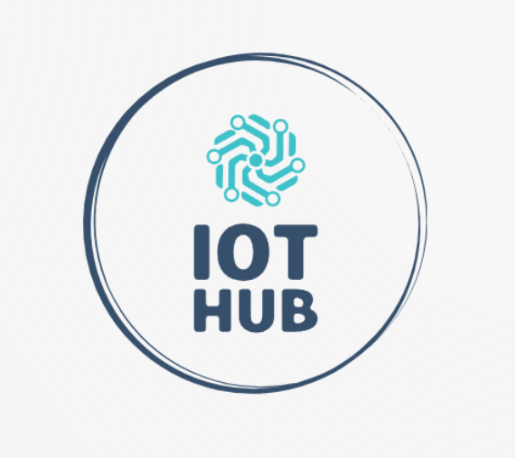Author: Benjamin Brown
The integration of Internet of Things (IoT) devices and the advent of 5G technology have
transformed the digital landscape, offering unprecedented connectivity and efficiency. While
these advancements bring numerous benefits, they also present challenges, particularly in the
realm of cybersecurity. IoT forensics, the process of investigating and analyzing digital evidence
from IoT devices, becomes even more crucial in a 5G-enabled world. This article delves into the
significance of IoT forensics and its integration with 5G technology, exploring the complexities,
opportunities, and challenges that arise in this evolving digital ecosystem.
Understanding IoT Forensics
IoT forensics is a specialized branch of digital forensics that focuses on collecting, analyzing,
and preserving evidence from IoT devices. As these devices become ubiquitous in our homes,
workplaces, and cities, the need for effective forensics practices has grown exponentially. IoT
forensics involves examining data generated by smart devices, sensors, and other interconnected
elements to investigate security incidents, data breaches, or other cybercrimes.
Challenges in IoT Forensics
1. Heterogeneity of Devices: The IoT ecosystem comprises a diverse range of devices, each with its own operating systems, communication protocols, and storage mechanisms. This heterogeneity poses a significant challenge for forensic investigators, as they must adapt th methodologies to different devices and platforms.
2. Volume and Velocity of Data: IoT devices generate massive amounts of data at high speeds. Traditional forensic methods may struggle to keep up with the sheer volume and velocity of data, requiring the development of new tools and techniques to efficiently process and analyze information in real-time.
3. Data Encryption and Privacy Concerns: Security measures like encryption, essential for protecting user data, can complicate forensic investigations. Privacy concerns and the protection of sensitive information must be balanced with the need for effective forensics, necessitating careful consideration of legal and ethical frameworks.
The Role of 5G in IoT Forensics
The deployment of 5G technology introduces a new layer of complexity and opportunity for IoT
forensics. The key features of 5G, including high data transfer rates, low latency, and increased
device density, significantly impact how investigators approach digital forensics in this advanced connectivity landscape.
1. Increased Data Speeds and Volumes: 5G’s ultra-fast data speeds enable IoT devices to transmit and receive data at unprecedented rates. While this enhances the capabilities of IoT applications, it also escalates the volume of data generated. Forensic investigators need advanced tools and methodologies to manage and analyze this influx of information effectively.
2. Low Latency and Real-time Forensics: The low latency provided by 5G networks allow for real-time communication between devices. In the context of forensics, this means that investigators can potentially respond to and analyze security incidents as they occur, minimizing the impact of cyber threats. However, it also demands a shift in traditional forensic practices to adapt to the pace of real-time data processing.
3. Edge Computing Challenges: With 5G, edge computing becomes more prevalent, enabling data processing closer to the source. This decentralization poses challenges for forensic investigators accustomed to centralized data storage. Adapting to the distributed nature of edge computing requires the development of forensic techniques capable of addressing this architectural shift.
Opportunities and Future Developments
1. Machine Learning and AI Integration: Given the scale and complexity of IoT and 5G data, machine learning and artificial intelligence (AI) play a pivotal role in automating the analysis process. Intelligent algorithms can assist in identifying patterns, anomalies, and potential security threats, allowing investigators to focus on critical aspects of the forensic process.
2. Blockchain for Data Integrity: Blockchain technology, with its inherent security features, can enhance the integrity and authenticity of IoT data. By leveraging blockchain for securing the communication and storage of data, forensic investigators can establish a tamper-proof chain of custody, ensuring the reliability of evidence.
3. Collaboration and Standardization: As the IoT ecosystem expands, fostering collaboration and establishing industry standards becomes imperative for effective forensics. Creating a framework that promotes information sharing and interoperability between different devices and platforms will facilitate more efficient investigations.
The integration of IoT and 5G technologies brings about a paradigm shift in the digital landscape, offering unparalleled connectivity and efficiency. However, this transformation also introduces new challenges for forensic investigators, necessitating the evolution of methodologies and tools. The combination of IoT forensics and 5G integration presents opportunities for innovation and collaboration, pushing the boundaries of digital forensics in the pursuit of a secure and resilient connected world. As technology continues to advance, staying ahead of the curve in IoT forensics becomes imperative to ensure the integrity of digital investigations in this rapidly evolving digital era.
